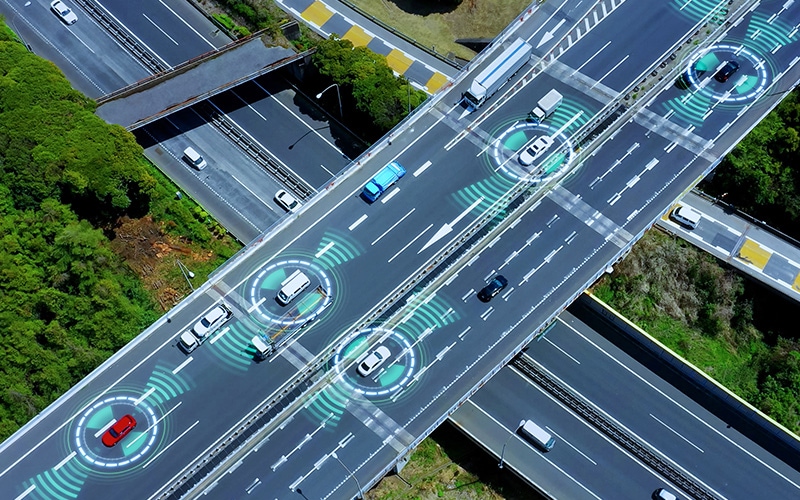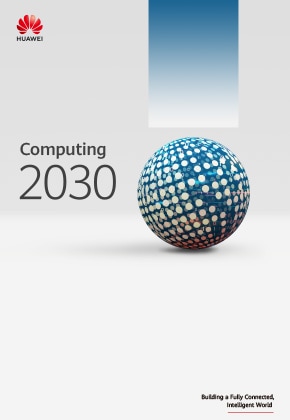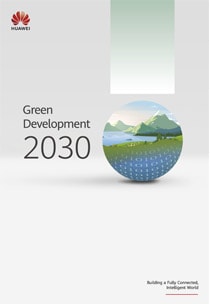Back to Main Menu
Huawei Websites
- Corporate
- Corporate news and information
- Consumer
- Phones, laptops, tablets, wearables & other devices
- Enterprise
- Enterprise products, solutions & services
- Carrier
- Products, solutions & services for carrier networks
- Huawei Cloud
- Cloud products, solutions & services
Select a Country or Region
- Australia - English
- Brazil - Português
- China - 简体中文
- Europe - English
- France - Français
- Germany - Deutsch
- Ireland - English
- Italy - Italiano
- Japan - 日本語
- Kazakhstan - Қазақ тілі
- Kazakhstan - Pусский
- Kenya - English
- Korea - 한국어
- Malaysia - English
- Mexico - Español
- Mongolia - Mонгол
- New Zealand - English
- Netherlands - Nederlands
- Poland - Polski
- Romania - Română
- Russia - Pусский
- Singapore - English
- South Africa - English
- Spain - Español
- Switzerland - Deutsch
- Switzerland - Français
- Switzerland - Italiano
- Switzerland - English
- Tanzania - English
- Thailand - ภาษาไทย
- Turkiye - Türkçe
- Ukraine - Українська
- United Kingdom - English
- Uzbekistan - Pусский
- Uzbekistan - O’zbek
- Vietnam - Tiếng Việt
- Global - English
Quick Links
This site uses cookies. By continuing to browse the site you are agreeing to our use of cookies. Read our privacy policy


Communications Network 2030
Future networks won't just connect billions of people; they will connect hundreds of billions of things. We envision those connections as being supported by green and cubic broadband networks that are AI-native, secure, trustworthy, and capable of providing deterministic experiences and HCS.
Download Report
Predictions
Internet of everything to intelligent internet of everything: Ever-growing network requirements
There will be 200 billion connections worldwide, and IPv6 adoption will exceed 90%
The average monthly data use on wireless cellular networks per person will increase by 40-fold to 600 GB
Gigabit or higher home broadband penetration is expected to increase by more than 50-fold to 60%
The average monthly fixed network data usage per household is forecast to increase by 8-fold to 1.3 TB


















